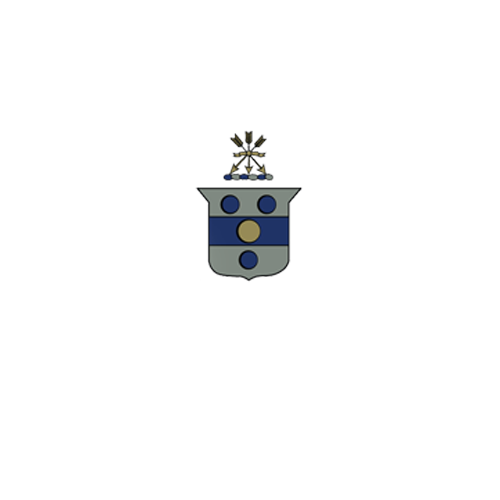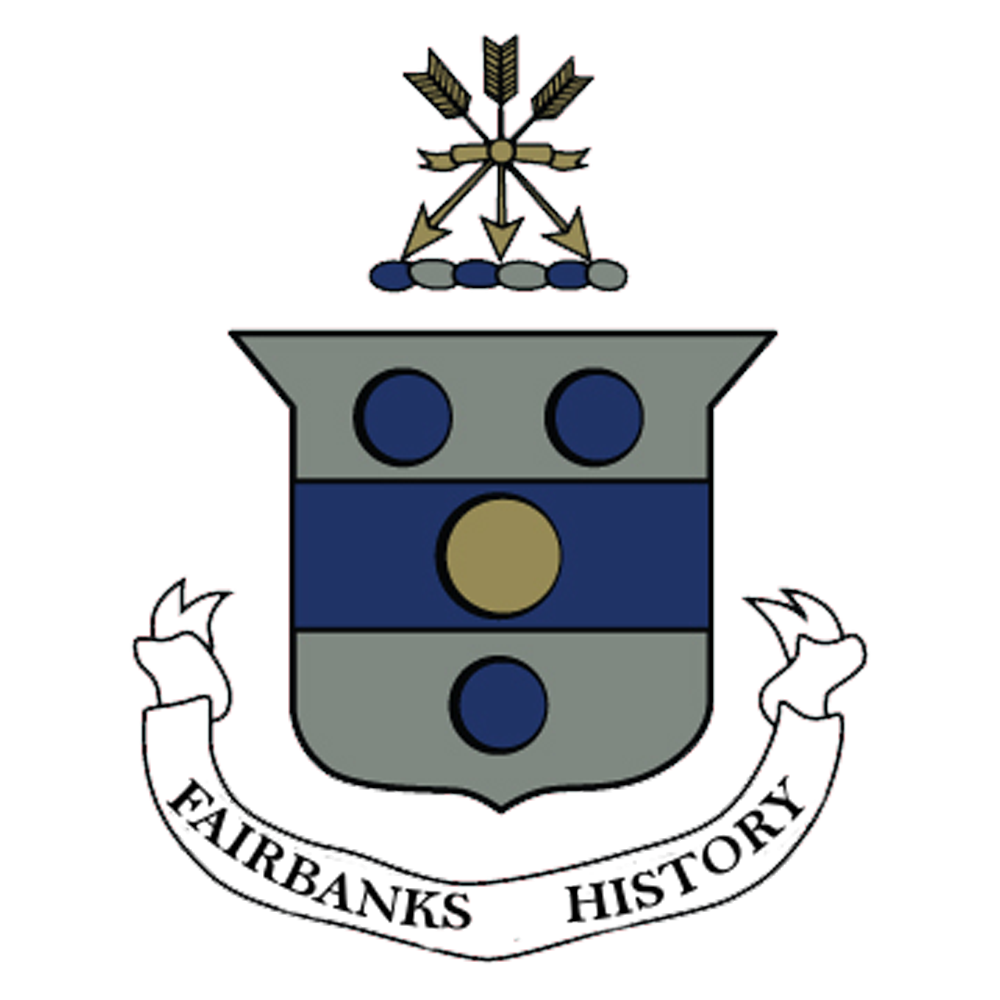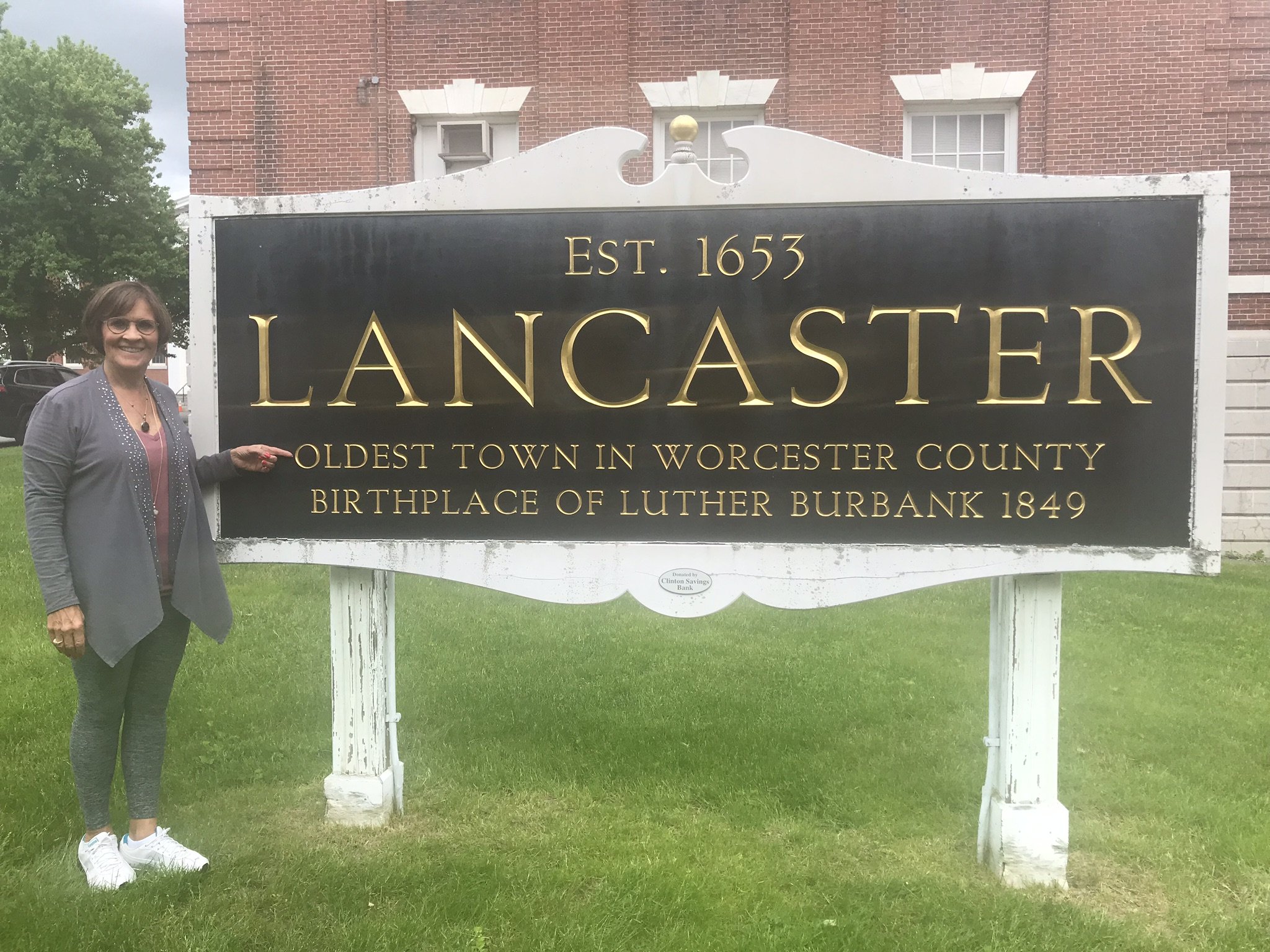Tour of Dedham, MA & Surrounding Areas Focusing On The Original Fairbanks Family: Part II
Part I of our tour of New England, from the perspective of the original Fairbanks family, explored Plimoth/Patuxet Plantations and Museum as a reenactment of early English settlers in the New World. Then it discussed the Fairbanks family home and town, Dedham. Both blogs help you appreciate this family and others who to early Massachusetts Bay Company which was started eight years after after the settling of the Pilgrams in 1620.
You are already in New England. Make the most of your trip to the area by continuing to explore some of the history of the later years of the original Fairbanks family.
Upper and Lower Falls on Charles River
Newtown Massachusetts
Modern dam before the Lower Falls at Newton below the Mary Huneewell Fyffe Footbridge
When the men of Watertown searched for unsettled land to request as a grant from the Massachusetts Bay Colony, they canoed up the Charles River (away from the ocean). They had to portage (take their canoes out of the water and carry them) around the falls at Newtown, MA. The falls were mentioned in the first grant of Dedham.
The Upper Falls have been changed significantly. The Lower falls are still impressive.
To arrive at the Lower Falls, go to the intersection of Washington and River Street at Newtown, MA. You will see a dam and a rapids below the dam. Then take River Street and turn left on Walnut Street. Go past the 45 Walnut apartment building and into the back parking lot. There is a memorial footbridge over the modern dam and natural falls. There are other dams and turbulent water past the Lower falls. You can look for Mary Hollowell Fyffe Footbridge over the falls.
Towns settled out of the Original Dedham Grant
Fairbanks Participation
Boggastow, Medfield, Medway, Millis
900 Main Street, Millis, MA 02054
George Fairbanks, the second child of Jonathan and Grace Fairbanks, moved west to a new town established out of the Dedham grant. It was called Medfield. George’s land, was on the west of the Charles River and abutting the Boggastow Pond. It is considered in the town of Millis today.
George bought part of his land from Mr. John Allin, the minister of Dedham, and received some land from his father’s grants.
George was the first to build on the west side of the Charles River. He erected a large stone fortified (garrison) house with help from men who had settled nearby. It served as protection for all those settling west of the river.
At one time, there was a sign that indicated George’s land, but it no longer stands. George drown in the Charles River in 1646 when he was helping build or repair a structure on the river.
Wollomonopoag, Wrentham
79 South Street, Wrentham, MA 02093
https://www.wrentham.ma.us/boards-committees/historical-commission
Another town carved out of the Dedham land grant of 1635 and 1636 early is Wollomonopoag. In the Wompanoag language, the name meant “place of shells.” A group of Dedham investors reassured the deed of the land by buying it again from Metacom (King Philip), a Wompanoag Sachem, in 1662. Both John Fairbanks, oldest child, and Jonathan Fairbanks Jr., sixth child, of Jonathan and Grace owned land in what is now called Wrentham.
It is said that Jonathan Jr. may have lived in Rowley for a while because he was on the payroll for guarding that town during King Philip’s War. However, Jonathan Jr., as a cavalryman, traveled widely during the war, scouting and protecting the settlers.
Natick
13 E. Central St. Natick, MA 01760.
In 1645, Reverend John Eliot gathered two other men as a committee to develop a plan for civil and religious reform of the Indigenous People. The three man committee included Mr. John Allin, religious leader of the Dedham Church.
Massachusetts Bay Charter addressed the conversion of Indigenous People even before the original settlers arrived in Shawmut (Boston).
Later, there was an English group supported by the government in England called the Act of Promoting and Propagating of the Gospel of Jesus Christ in New England. They collected or mandated money from the people in England for this purpose.
Initially, a band of the Neponset under Waban broke away from their larger tribe, so they could invite Mr. Eliot to preach to them without harassment from the larger group. After a subsequent move, more land and a more congenial place was sought to accommodate this growing number of Christian Indigenous followers.
Mr. John Eliot, through the Colony, started negotiations with Dedham in 1648 for part of the land that was granted to the town in 1635 and 1636. Though negotiations weren’t complete, Waban’s followers under the direction of Mr. John Eliot, moved to settle in the northwest corner of the Dedham grant on the north side of the Charles River. This village became the first Praying Indian Villages. Waban’s band called this village Natick.
There is an Indigenous museum and a tour which includes discussion of the Natick Praying Village settled by Waban and his band under Mr. John Eliot.
Natick is eleven miles or about a 26 minute drive northwest from Dedham.
Saugus Iron Works
First Successful Integrated Iron Works in the New World
National Park Services
244 Central Street Saugus, MA 01906
Whether you are a descendant of Jonas Fairbanks, the fourth child and third son of Jonathan and Grace, or just interested in the progression of the Massachusetts Bay Colony, I highly recommend a visit to the National Park Service Saugus Ironworks. It is a full scale replica of the first successful integrated ironworks in the New World. It was ranked among the twelve finest ironworks in the world at that time.
The 550 pound hammer dug from the earth is featured in the museum and the replica forge was built where it was found.
Jonas and another young man from Dedham, Robert Crossman, worked at the ironworks, called Hammersmith (now Saugus), in 1651 and 1652. They were hired to work in the forge. Though everyone in the forge had to know all jobs within that building, it is probable that Jonas and Robert’s main work was keeping the traces and seven waterwheels and 550 pound hammer of the ironworks in working order.
While Jonas Fairbanks was employed at the ironworks, he was cited for infraction of the 1651 Sumptuary Law regarding wearing great boots and other fine apparel before he was worth 200 pounds. He was called to Salem for the Essex Quarterly court, but was acquitted of his breach. It was stated that he wore the great boots before the law was posted.
Before you book your trip to Saugus Iron Works, check with the National Park Service to see when there are reenactments scheduled. It might be worth it to work part of your vacation around that. During your visit, see the extensive museum of original artifacts and explanations of the process. Then take a guided tour of all the buildings.
Lancaster, Massachusetts
A short time after Jonas left the ironworks, he went to help a friend of the family, John Prescott, found a new town in the wilderness, now called Lancaster, MA. Lancaster received its status as a town in 1653, but the Prescott family had been on the land since 1645.
Jonas, as a carpenter, probably helped build some of the first town buildings of Lancaster and was supposed to help Prescott start an ironworks there. Jonas didn’t have land in Lancaster until after 1655. He married John Prescott’s fourth and youngest daughter on May 28, 1658.
I will discuss Lancaster and the sites in Lancaster in a later blog, but if this is your only opportunity to see the town with its rich history, I recommend you see the following locations. There is a Lancaster self-guided tour .
Note: the Fairbanks descendants of Jonas and Lydia (Prescott) Fairbanks lived in Lancaster and/or Sterling, Massachusetts, a spin off town of Lancaster, until 1791. So many of the points of interests are valuable in a later family history tour.
On the Lancaster self-guided tour, be sure to visit the following numbered sites:
#2 Old Common Cemetery - look for Jabez Fairbanks’s grave marker, the son of Jonas, that carried on the the family name.
#5 Home and Rye Field of John Prescott
#7 Trucking house, trading post, where the Prescott family lived until the gristmill was built.
Abutting the trucking house land on George Hill was Jonas and Lydia’s land after they married.
#10 meeting of the waters, a critical location in settling of the town.
#11 Night Pasture - first structure built by the settlers in 1644.
#16 MacLeod Massacre - Scotsman who will be seen in the historical novel as a co-worker and friend of Jonas.
#18 Rowlandson Garrison - minister’s garrison attacked during King Philip’s War. Jonas Fairbanks, his son, and Richard Wheeler, Jonas’s brother-in-law, were all believed to be killed at the Wheeler garrison prior to the attack on the Rowlandson Garrison.
#20 Old Settlers Burial Field - John Prescott is believed to be buried there. A current commemoration to him is there, but no original grave marker exists.
#21 Rowlandson Rock- where Mistress Rowlandson, the minister’s wife and other captives from the King Philip’s raid on Lancaster were taken and stayed the first night. Likely they crossed Jonas and Lydia (Prescott) Fairbanks’s land to get there.
Interactive Points of Interest Map
Sterling, Massachusetts
Descendants of Thomas Fairbank
Grandson of Jonas and Lydia (Prescott) Fairbanks
Thomas, also known as Deacon Thomas, was the son Jabez, the only son of Jonas and Lydia (Prescott) Fairbanks. Jabez was the only son of this union to carry on the Fairbanks name. Thomas was one of our many ancestors instrumental in freeing the Colonies from English rule during the Revolutionary War both on the Committee of Correspondence and sitting in the Third Provincial Congress.
Proceed to Sterling, Massachusetts on the outskirts west of Lancaster. Visit the Wauchusett Ponds, the Fairbank Cemetery, the Sterling Center Historic District at Meetinghouse Hill and Main Street, and Sterling Museum.
Boston
Boston was settled ten years after Plimoth and three to six years before the Fairbanks family arrived in the New World. There are many tours available in this city of rich historic heritage. Specific to the Fairbanks family are the Town Commons and the location of the first post office.
The Town Commons or Boston Commons, now used as a park. In the 1600’s, it was a a grazing land for cattle of all the proprietors. They paid a herdsman to tend the cattle. Richard Fairbanks had many town issued jobs to tend the animals.
The next place to visit is the location of Richard Fairbanks’s post office. Richard Fairbanks was the first postmaster in the colony receiving and sending mail to and from England. His duties started November 6, 1639. He is believed to be a relative of our original Fairbanks family.
Summary
Our family has a rich history in the development of Massachusetts Bay Colony. From the first difficulties the original family encountered at the Charles River’s falls, through development of new towns and an industry, and fighting to free the New World from English rule. Their lives were not easy, but they persisted in giving this nation a good start. They were truly examples of bravery and hard work for every generation that follows..
What’s Up Next
Preparing for a Fairbanks/Prescott family history tour in northern England


















